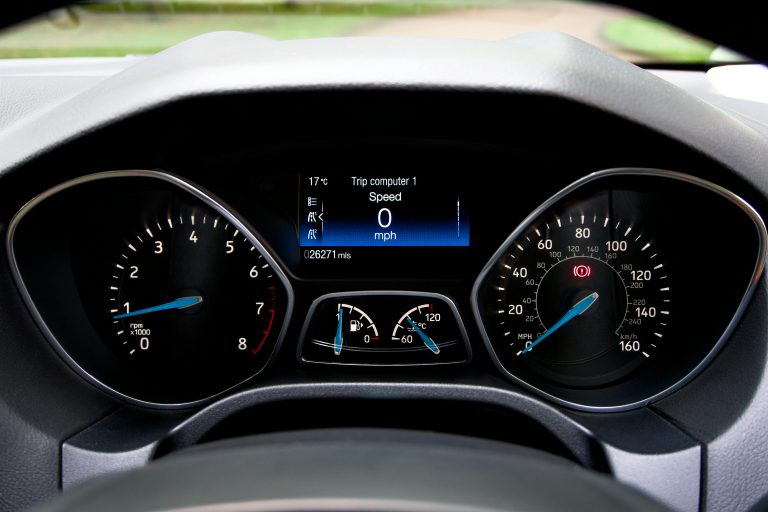Are you wondering what happens when you exceed your mileage limit when leasing? Leasing a vehicle is a great way to drive a new car without committing to full ownership, however, most lease agreements come with a mileage limit, often between 12,000 to 24,000 kilometers annually. Exceeding this limit can result in additional charges that may catch drivers off guard. Let’s go over what happens when you exceed your mileage limit, and what can you do about it.
What Happens When You Exceed Your Mileage Limit?
When you exceed the agreed-upon mileage in your lease, you’ll likely face extra fees. These charges, usually outlined in your lease agreement, are calculated based on a per-kilometer rate, often ranging from $0.10 to $0.20 cents per kilometer.
For example, if your lease allows 20,000 km per year and you drive 25,000 km, you’ll be charged for the additional 5,000 km. At a $0.15/km rate, that’s an extra $750 at the end of your lease.
Exceeding the mileage limit can also impact the vehicle’s residual value, which is the estimated worth of the car at the end of the lease. Excessive mileage reduces this value, making the car less valuable to the dealership.
What to Do if You Exceed Your Mileage Limit
1. Pay the Overage Fees:
The simplest option is to pay the extra mileage fees when your lease ends. While this may not seem ideal, it is the most straightforward solution.
2. Purchase the Leased Vehicle:
If you’ve exceeded the mileage limit significantly, buying the vehicle outright could be more cost-effective than paying hefty overage fees. This option also allows you to keep the vehicle and not worry about future mileage limits.
3. Roll Over Extra Mileage to a New Lease:
If you plan to lease another vehicle, some dealerships may let you roll over extra mileage into your new lease agreement. This helps avoid paying immediate overage fees.
4. Chat with Your Dealership:
Some dealerships may be willing to negotiate the charges, especially if you plan to lease or purchase another vehicle from them. Birchwood, for example, works with customers to find flexible solutions for overage situations.
How to Avoid Exceeding Your Mileage Limit in the Future
Choose a Higher Mileage Lease:
If you drive frequently, it’s worth selecting a lease with a higher annual mileage limit, even if the monthly payments are slightly higher. It can save you money in the long run.
Monitor Your Mileage Regularly:
Keep track of how many kilometers you’ve driven each month. This will help you stay aware of your usage and adjust as needed.
Carpool or Alternate Vehicles:
Reduce the mileage on your leased car by sharing driving responsibilities with others or using another vehicle for longer trips.
Plan Your Trips Strategically:
Avoid unnecessary trips or combine errands to limit your mileage usage. Small adjustments can make a big difference over the course of a lease.

How Birchwood Can Help
At Birchwood, we understand that life happens, and sometimes you drive more than expected. Our team is here to help you navigate overage fees and explore the best solutions for your needs. Whether it’s negotiating mileage charges, assisting with vehicle purchase options, or finding a new lease with a higher mileage limit, Birchwood is committed to making your leasing experience stress-free!
Read more: How to Lease a Vehicle in 5 Steps
Read more: What to Do When Your Vehicle Lease Is Ending
Read more: Leasing Vs. Financing a Vehicle: Which is Best for You?


